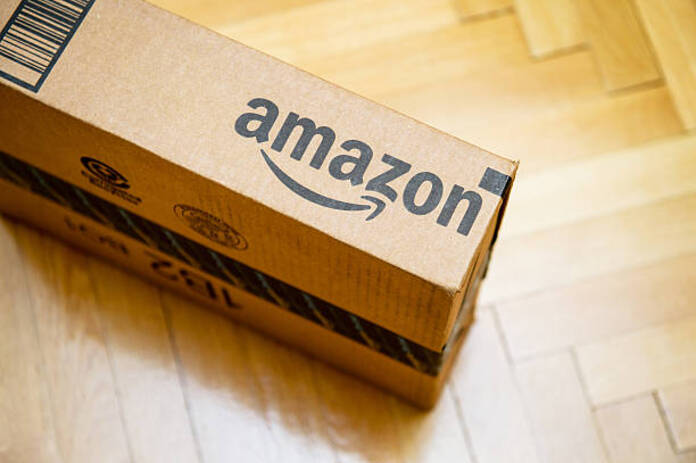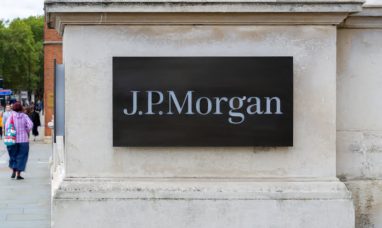Amazon’s (NASDAQ:AMZN) second-quarter results have outperformed expectations, propelling its stock to higher levels during after-hours trading. The e-commerce giant reported earnings of $6.7 billion, or 65 cents per share, for the quarter ending on June 30. This figure significantly surpassed the $3.64 billion forecasted by industry analysts surveyed by FactSet.
In contrast to the same period last year, when the company reported losses due to a significant investment loss in electric vehicle start-up Rivian Automotive, Amazon’s profits for the second quarter included a pre-tax valuation gain of $0.2 billion from its Rivian investment.
The company demonstrated solid overall revenue of $134.4 billion, marking an 11% increase compared to the same period last year. This growth surpassed analyst expectations of an 8.5% expansion.
Amazon CEO Andy Jassy expressed his satisfaction with the company’s progress during the quarter, particularly highlighting the success of its cloud unit, Amazon Web Services (AWS). AWS reported revenue of $22.1 billion and saw a stabilization in its growth rate, transitioning from cost optimization to new workload deployment. AWS grew by 12%, a slightly slower pace compared to the first quarter’s 16% growth and a notable drop from the 33% growth reported in the same quarter last year. However, the slowdown is partially attributed to AWS’s position as the market leader in the cloud industry, making it challenging to maintain previous levels of growth.
To remain competitive in the generative AI space, where Amazon is striving to catch up, the company has been rolling out AI tools for customers to build their own applications. One such model, Amazon Bedrock, is already being utilized by Ryanair, an Irish carrier.
Amazon’s flagship online retail business showcased a notable 5% growth, its strongest performance since the third quarter of the previous year, despite a slowdown following a pandemic-induced boom.
Under the retailer’s new regionalization model, online customers now experience much faster deliveries. Amazon now operates eight regions across the United States, enabling faster shipping for Prime customers and reducing costs. During the second quarter, over half of Prime orders across the top 60 U.S. metro areas were delivered the same day or the next, highlighting the company’s commitment to improving Prime speeds.
Physical store sales, including Amazon Fresh, Go stores, and Whole Foods, saw a growth rate of 7%. While Amazon aims to become a major player in the grocery sector, it faces challenges in capturing significant market share despite operating dozens of stores across the country. To increase its presence in the grocery market, the company is planning to integrate orders from Whole Foods and other grocery stores into one cart through an online service.
Amazon expects to generate revenue between $138 billion and $143 billion in the third quarter, signaling continued confidence in its growth prospects.
Featured Image: Unsplash









